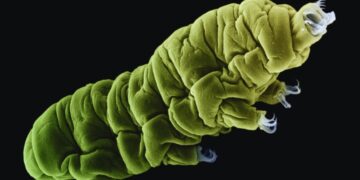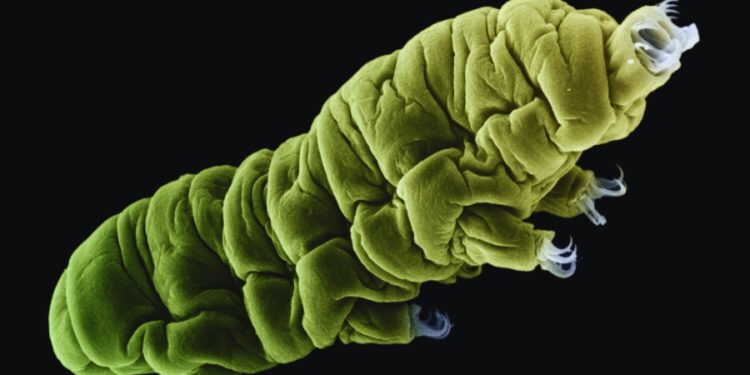Imagine thriving in a boiling cauldron, surviving the vacuum of space, or dwelling in perpetual darkness under miles of ice.
These aren’t scenes from science fiction; they’re the everyday realities for extremophiles, microbial masters of adaptation that redefine the boundaries of where life can exist.
But what can these tenacious organisms teach us about the potential for life beyond Earth and the very essence of life itself?
Why Study Extremophiles? A Conversation with Dr. Ivan Paulino-Lima
To delve into this fascinating realm, we spoke with Dr. Ivan Paulino-Lima, a leading researcher in the field of extremophiles. Dr. Paulino-Lima sheds light on the significance of studying these resilient creatures:
“Extremophiles represent the cutting edge of our knowledge regarding the environmental limits that life can endure,” explains Dr. Paulino-Lima. “Their existence pushes the boundaries of what we thought possible and compels us to re-evaluate the very definition of life.”
From Volcanic Vents to Acid Mines: The Realm of the Extremes
Extremophiles aren’t confined to a single niche. They flourish in a mind-boggling array of environments hostile to most lifeforms. Here are just a few examples:
- Hydrothermal Vents: Deep-sea vents spewing superheated, mineral-rich water provide a haven for thermophiles, microorganisms that thrive in high temperatures.
- Acid Mine Drainage: These toxic environments, formed by the interaction of water, air, and mining waste, harbor acidophiles, microbes that prosper in highly acidic conditions.
- Frozen Deserts: The frigid expanse of Antarctica’s Dry Valleys, with temperatures reaching -80°C, is home to psychrophiles, organisms that excel in extreme cold.
Challenges and Rewards: Unveiling the Secrets of Extremophiles
Studying extremophiles presents unique challenges. Their very nature, defying our conventional understanding of life, necessitates specialized techniques for cultivating and analyzing them. However, the rewards are substantial.
“Extremophiles offer a treasure trove of potential applications,” says Dr. Paulino-Lima. “Their unique enzymes, resistant to high temperatures or harsh chemicals, hold promise for biofuels, bioremediation, and even medical advancements.”
Extremophiles and the Search for Life Beyond Earth
The discovery of extremophiles on Earth has profoundly impacted the quest for extraterrestrial life. These resilient microbes suggest that life might exist in seemingly uninhabitable locations across our solar system and beyond.
“By studying extremophiles, we establish the boundaries for life as we know it,” explains Dr. Paulino-Lima. “This knowledge informs our search for extraterrestrial life, helping us identify potential habitats on planets like Mars, Europa, or even Titan.”
The Future of Extremophiles: A Beacon of Hope and Inspiration
The study of extremophiles is a testament to life’s tenacity and adaptability. It compels us to consider the possibility of life forms with entirely different chemistries existing on other worlds. As Dr. Paulino-Lima concludes:
“Extremophiles inspire a sense of awe and wonder. They remind us that life is more versatile and resilient than we ever imagined. Their study holds the key to unlocking the secrets of our own origins and guiding our search for life beyond our pale blue dot.”
The exploration of extremophiles is an ongoing adventure, promising exciting discoveries that could reshape our understanding of life in the universe. As we continue to unravel the secrets of these tenacious microbes, we might just find the answers to some of humanity’s most profound questions.



















